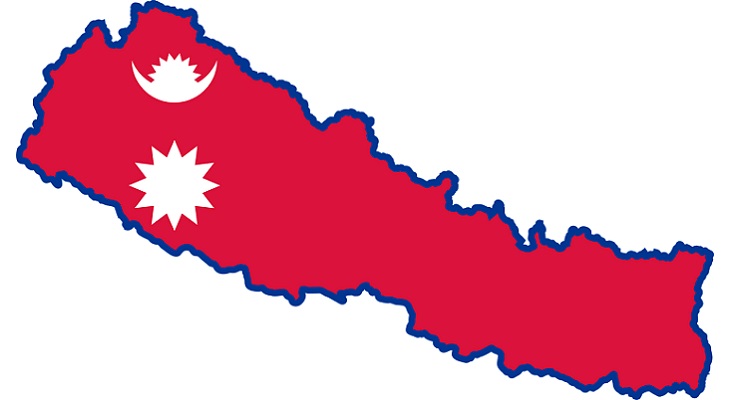 This article written by Nihar R Nayak is published on the website of Manohar Parrikar Institute for Defence Studies and Analyses. Here is an excerpt:
This article written by Nihar R Nayak is published on the website of Manohar Parrikar Institute for Defence Studies and Analyses. Here is an excerpt:
The President of Nepal, Bidya Devi Bhandari, on May 22, exercising her power under Article 76(7) on the advice of Prime Minister K.P. Sharma Oli, dissolved the House of Representatives or the Lower House of the Nepal Parliament and announced fresh elections. This decision was taken after political parties failed to form a new government under Article 76(5) of the constitution. The president’s office in a statement said: “While considering the fact that same members have been counted on both sides [K.P. Sharma Oli and Sher Bahadur Deuba], members have supported one another against the party decision and request from the concerned party to disregard their support … both the claims to obtain vote of confidence of the House of Representatives as per the Article 76(5) of the Constitution to be appointed as the Prime Minister do not stand valid.”1 Therefore, neither of them could form a new government by May 21 (9:00 pm), as per the deadline set by the President a day before.
This is the second time the House has been dissolved in last five months. Previously, it was dissolved in December 2020. The Supreme Court, however, had reinstated the House on February 23, 2021, after hearing over a dozen writ petitions questioning the decision to dissolve the House.
Like last year, this time too, the decision to dissolve the House was met with overwhelming resistance from across the Nepali society and the opposition parties. The latter criticised the decision as being authoritarian and anti-constitutional. Prime Minister Oli did not follow the laid out constitutional procedures like testifying confidence in the House within 30 days. He also did not resign after losing the confidence motion on May 10 and again on May 20 this year. The opposition criticised President Bhandari for showing parochialism and also allocating a very short time (21 hours) to the opposition parties to form the government. They have filed writ petitions in the Supreme Court against the decision and a constitutional bench has been formed under the Chief Justice along with four senior judges of the Supreme Court.
Read the full article here.
Leave a Reply